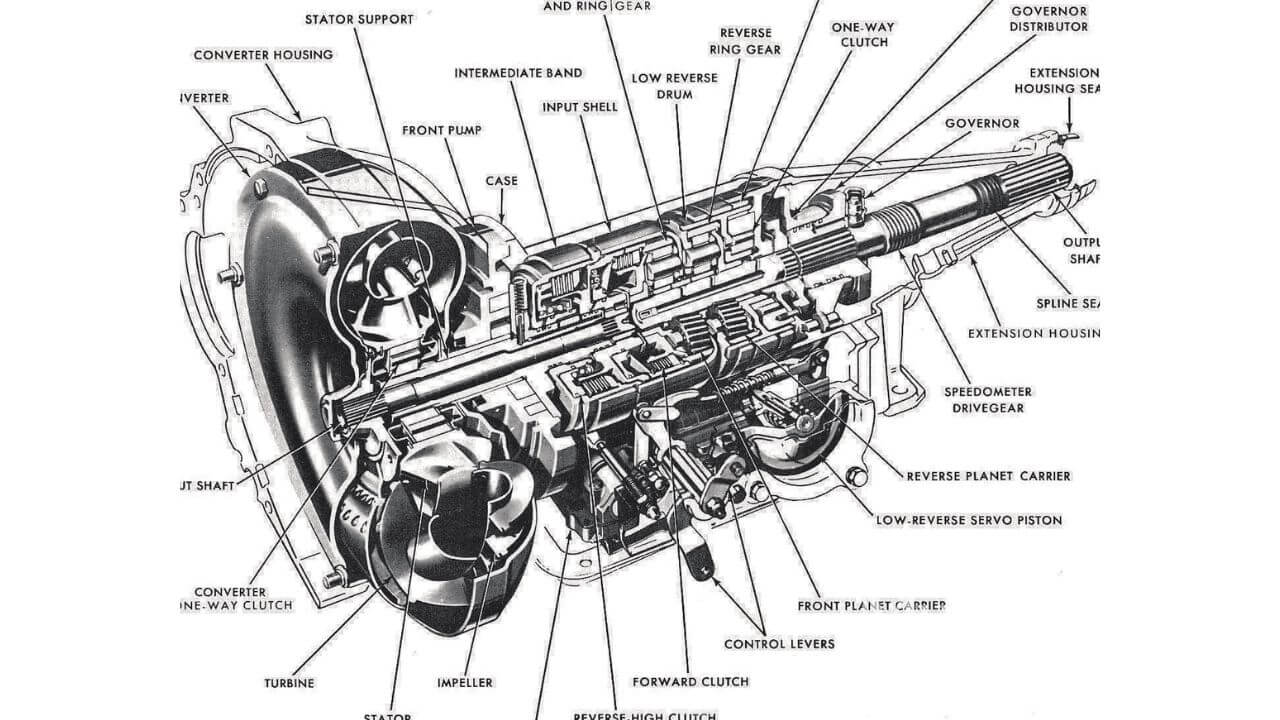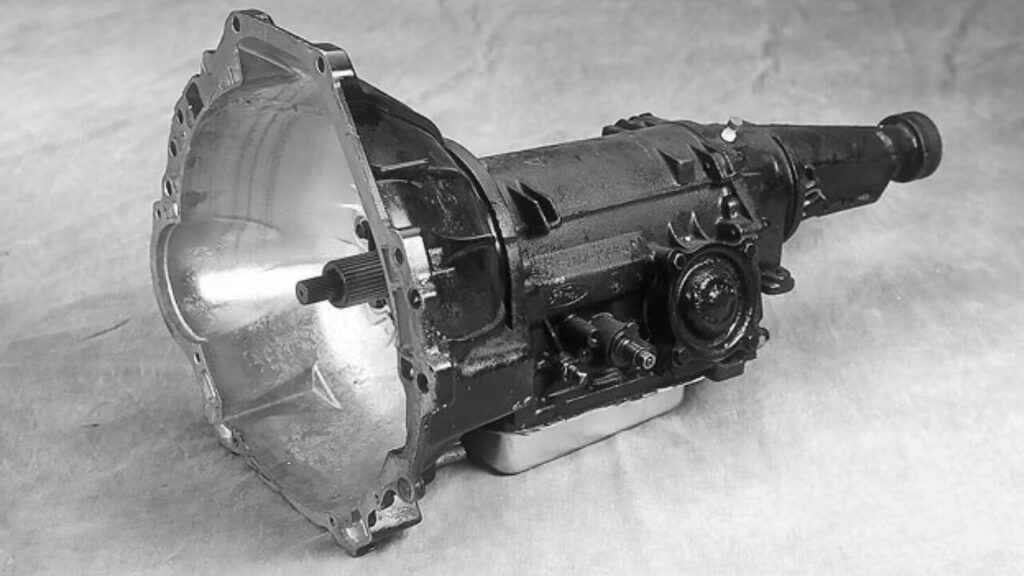Explore the C4 transmission’s design, performance, and reliability in depth. Learn why this classic Ford automatic remains a top choice for enthusiasts today.
In the world of classic and performance vehicles, the C4 transmission holds a special place. Known for its robust design and versatility, the C4 transmission has been a popular choice among automotive enthusiasts and professionals alike. Whether it’s upgrading a classic Ford or fine-tuning a race-worthy machine, understanding the nuances of the C4 transmission is essential. With its reputation for durability and ease of maintenance, the C4 transmission remains a topic of discussion within gearhead communities and among engineers. This article provides a comprehensive look at this legendary transmission system, shedding light on its design, operation, and the reasons why it continues to hold sway in the automotive conversation.
Making Sense of the C4 Transmission

The crux of the C4 transmission is the Simpson planetary gear set, which enables power transfer via multiple gear ratios all within a confined space. The fluid coupling system, called the torque converter, is used by the transmission for a smooth transfer of power from the engine to the transmission. This allows the vehicle to accelerate smoothly without the need for gear changes, which can greatly improve performance and street driving capabilities.
Other features of the C4 include simple, yet effective design; bands and clutches controlled hydraulically via a valve body. The valve body is the control center of the transmission, and controls the hydraulic fluid to the appropriate clutch and band to ensure that the gear shifts are smooth according to the speed and load conditions.
Systemic Innovations and Additions

For those who prioritize performance, the arrival of custom offerings like the Level 4 C4 transmission is a game-changer. In this version, it provides a versatile stall range of 1800 to 4000 RPM, catering to various driving and racing scenarios. Level 4 transmission: Engine Output: 450 Horsepower: Level 4 transmissions are engineered to accommodate horsepower above 450, making them suitable for high-performance builds where power delivery and reliability are critical.
More recent versions incorporate second-gear servo pistons with full billet performance, valve bodies with shift command options, and Kevlar-reinforced bands. These enhancements provide more precise control over upshifts and downshifts, ensuring a customized driving experience that is well-suited to street conditions or racing.
Pro Professional Tips on the C4 Transmission
Harold Miller, a well-known expert in C4 transmissions at Dynamic Racing Transmissions, stresses the importance of quality and customization in transmission remans. Miller says, “The C4 transmission’s key to strength is its flexibility; when properly upgraded and maintained, it can take on the demands of high horsepower applications without a hitch.” According to Miller, investing in high-quality rebuilds that incorporate hardened parts and rollerized assemblies can make a significant difference in the overall performance and longevity of the transmission.
This brings out a key point when it comes to automotive performance: a well-maintained transmission system is as important as investing in engine upgrades. The right tuning and adjustment of the C4 transmission can mean the difference between a reliable powerhouse and a component that is susceptible to premature failure.
Reliability and Maintenance Viewpoint
The C4 has a reputation for reliability and like all mechanical components it needs to be looked after properly to ensure it performs. Worn seals, clutch pack wear, and servo failures are common issues that can lead to performance problems but are often easy to diagnose and repair with the right knowledge and tools.
And one of the difficulties with the C4, particularly on high-performance builds, is dealing with heat. Overheating can cause seals to harden and the clutch to become less efficient, which can lead to slippage or hesitation in the transmission. Today, aftermarket modifications and rebuild packages such as high flow filters, better cooling pans, and heat treated internals help alleviate these issues, keeping the transmission cool and running under the stress.
Regular fluid changes are important with the correct transmission fluid. The hydraulic system within the C4 relies on clean fluid that is well-conditioned to ensure shifting accuracy and hydraulic control. Failing to service the fluid is one of the quickest ways to deteriorate transmission health.
C4 Transmission for Today’s Automotive Environment
Although the C4 transmission design is several decades old, it is still the design of choice for many restorers and racers because of its simplicity and strength. With three gears, it is less mechanically complex than modern multi-speed transmissions, making it easier to maintain and to overclock.
Within the history of the automatic transmission, the C4 occupies an interesting place. It integrates the basic components of an automatic transmission, the planetary gear set, torque converter, and valve body into a package that provides both performance and simplicity. Automatic transmissions have evolved over time from basic transmissions to computer-controlled automatic transmissions with ability to shift through multiple gear ratios for fuel economy, but the simplicity of the C4 makes it a favorite among enthusiasts who want more control over their drives.
Results: The Long Shadow of the C4 Transmission
The C4 transmission is not just a piece of automotive hardware; it’s a symbol of engineering ingenuity that has withstood the test of time. Its proven design, combined with the flexibility to be adapted to high performance requirements, ensures that it is still relevant today. For those who are interested in restoring, upgrading or simply learning about this transmission, the C4 remains a rich tapestry of history and function.
With its philosophy of balancing durability, simplicity, and adaptability, the C4 has continued to be a focal point in automotive performance conversations. As Harold Miller so aptly puts it, “A well-prepared C4 transmission is a silent partner that allows the power of the engine to shine through with ease and efficiency.”
Whether it’s for vintage car restoration or modern racing modifications, the C4 transmission continues to captivate the imagination and admiration of automotive enthusiasts and professionals alike, worldwide.

